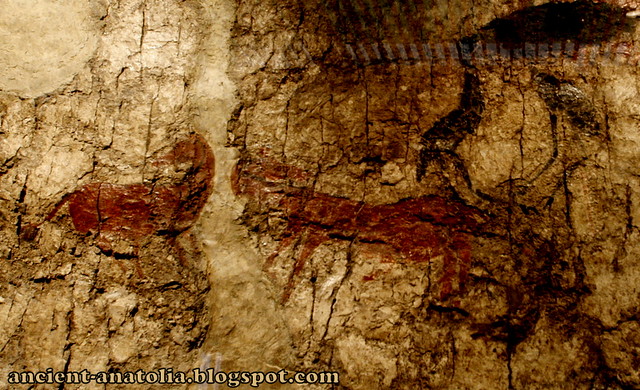
The Neolithic site, Çatalhöyük, has a number of wall paintings depicting horses and hunting scenes. Wall painting, found at Çatalhöyük, and now on display at the Anatolian Civilizations Museum in Ankara, may be the world's oldest map. It shows a series of rectangles, that may depict houses, and a possible profile drawing of a local volcanic mountain. Fragments of white plaster colored with red ochre at the later site called Can Hasan, indicate that wall painting in Anatolia continued into the Chalcolithic Period.
How does it feel like to live in a neolithic house...